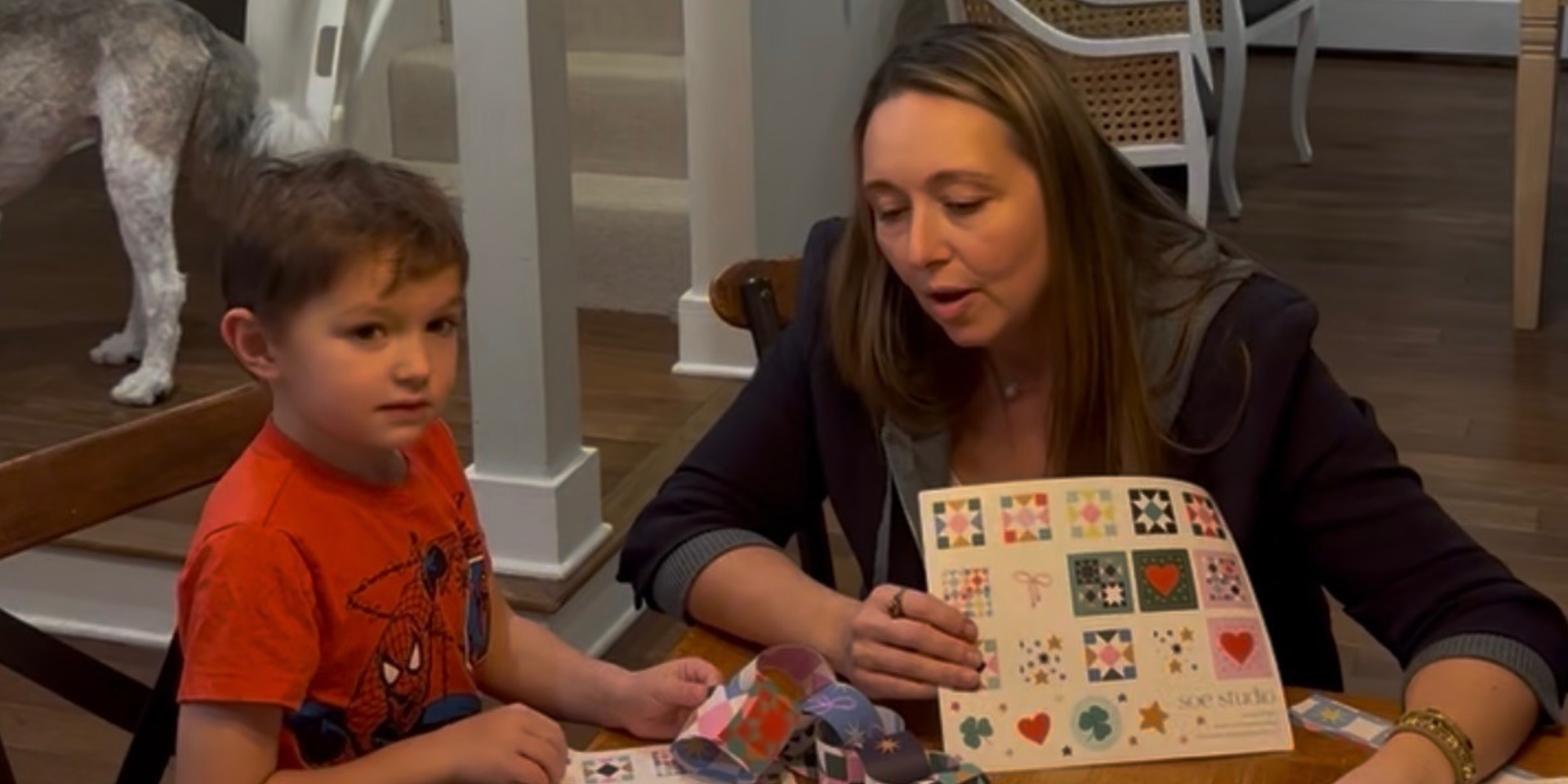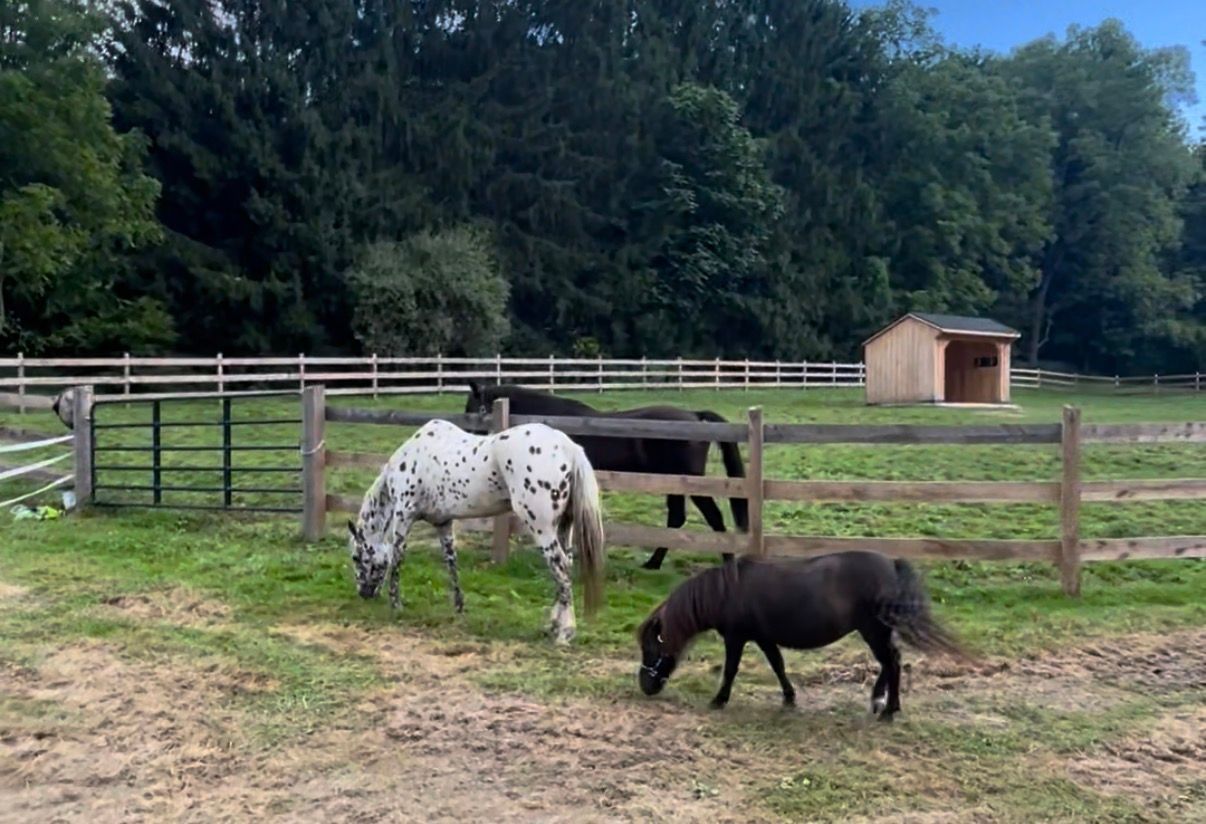Embracing Native Plants: A Closer Look at New York's Flora
Embracing Native Plants: A Closer Look at New York's Flora
Wherever you are in the world, there are plants that are best suited to grow based on your local environment. Embracing the plants native to your area not only enhances your yard but also supports local wildlife and ecological balance. What native plants grow where you live? Let us delve into the vibrant native flora of New York State, each species boasting its unique traits and benefits.
The Richness of New York's Native Flora
New York State is known for its varied climates and ecosystems, which host a wide array of plants that have adapted over time to flourish in its distinct environment. From towering trees to vibrant wildflowers, the state's flora is as diverse as it is beautiful. Here are some of the standout species:
Eastern White Pine (Pinus strobus): This majestic evergreen is not just a common sight but a pivotal part of the forest ecosystem, providing shelter and food for wildlife.
Sugar Maple (Acer saccharum): Famous for its stunning fall foliage and as the primary source of maple syrup, the sugar maple is a symbol of the Northeast.
American Beech (Fagus grandifolia): With its smooth, gray bark and broad leaves, the American beech is a staple in New York’s forests.
Black Cherry (Prunus serotina): Valued for its wood and sweet fruits, this tree adds both economic and ecological value.
White Oak (Quercus alba): A vital species for wildlife, offering both habitat and food with its acorns.
Native Wildflowers and Understory Plants
Red Trillium (Trillium erectum): Known for its striking red flowers, this plant is a herald of spring in wooded areas.
Blue Flag Iris (Iris versicolor): This beautiful perennial stands out in wetlands with its striking blue-violet flowers.
Joe-Pye Weed (Eutrochium purpureum): A favorite among pollinators, its tall purple blooms are a late-summer delight.
Common Milkweed (Asclepias syriaca): Essential for the survival of monarch butterflies, providing food for their larvae.
New York Fern (Thelypteris noveboracensis): This lush green fern fills the underbrush, adding texture and greenery.
The Importance of Planting Native
Incorporating native plants into your garden or community space doesn't just enhance aesthetic appeal; it also supports local wildlife, including pollinators and bird species, and maintains the natural ecological balance. By choosing plants adapted to your local environment, you reduce the need for water, fertilizers, and pesticides, making your gardening more sustainable and environmentally friendly.

Organizations Making a Difference Some of my favorite nonprofits doing incredible work right here in our backyard: 914Cares , Westchester Land Trust , Hope's Door , The Pantry , Community Center NW, and the Suzanne Grant Foundation . Each one addresses critical needs, from food insecurity and domestic violence support to land conservation and community programming. How We Give Back Together After every sale, I make a donation in my client's name to an organization of their choice. It's a simple gesture that creates real impact. But more importantly, it introduces people to the vital work happening in their new community. When you learn about your neighbors' needs and the organizations serving them, you don't just move to a place—you become part of it. This Holiday Season: Let's Hit the Give Back Program Hard The holidays are the perfect time to amplify our impact. Whether you're buying, selling, or simply wanting to make a difference, let's support these organizations together. A percentage of my profits goes directly back into the community, and I'm challenging myself—and you—to give even more this season. Keep Showing Up Giving back isn't a one-time event. It's about consistently showing up for your community, learning what's happening in your own backyard, and helping your neighbors assimilate and thrive. When we all contribute, even in small ways, we create stronger, more connected neighborhoods. Ready to make a difference? Reach out to learn more about the give back program, or pick your favorite local organization and support them today.




